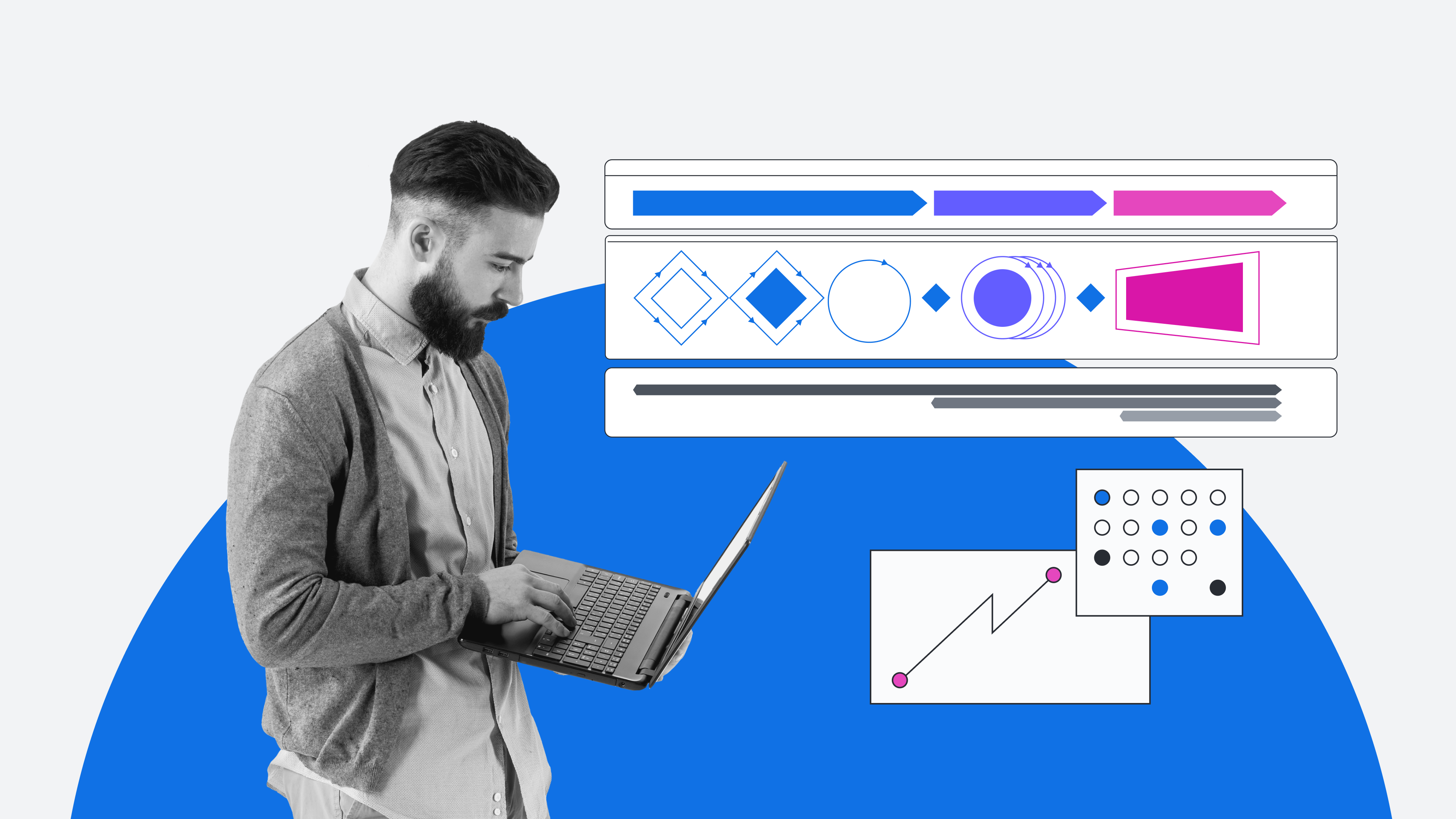
Guide: How to use an innovation framework to turn ideas into action
Reading time: about 11 min
Table of contents
Most organizations are acutely aware of the need to “innovate or die,” a phrase coined by Peter Drucker that serves as a reminder to stay ahead of the ever-growing pace of change. It’s clear that product innovation is critical to organizational success—but when it comes to actually innovating, the path forward isn’t always so clear.
Without an understanding of how to innovate, many teams default to passively waiting for good ideas to strike. Here’s the thing: Truly innovative organizations know that innovation can’t be left up to chance. One of the most effective ways organizations can put some strategy behind the innovation process is through an innovation framework.
What is an innovation framework?
An innovation framework is a foundational set of practices and tools that helps organizations generate ideas, evaluate those ideas, and turn the best ideas into a value-add for the business. It arranges the general steps of the innovation process into clear stages that help leaders decide whether to pivot course, pause, or continue funding the work.
An innovation framework differs from many other business processes in that it doesn’t follow a prescriptive formula with set outcomes.
For instance, a process such as “invoicing customers” has well-defined steps, roles, and deliverables. An innovation framework, however, is intended to be non-prescriptive and provide just enough structure to create transparency, consistent milestones, and a clear path forward while leaving flexibility for emergent ideas or data that would influence the overall direction.
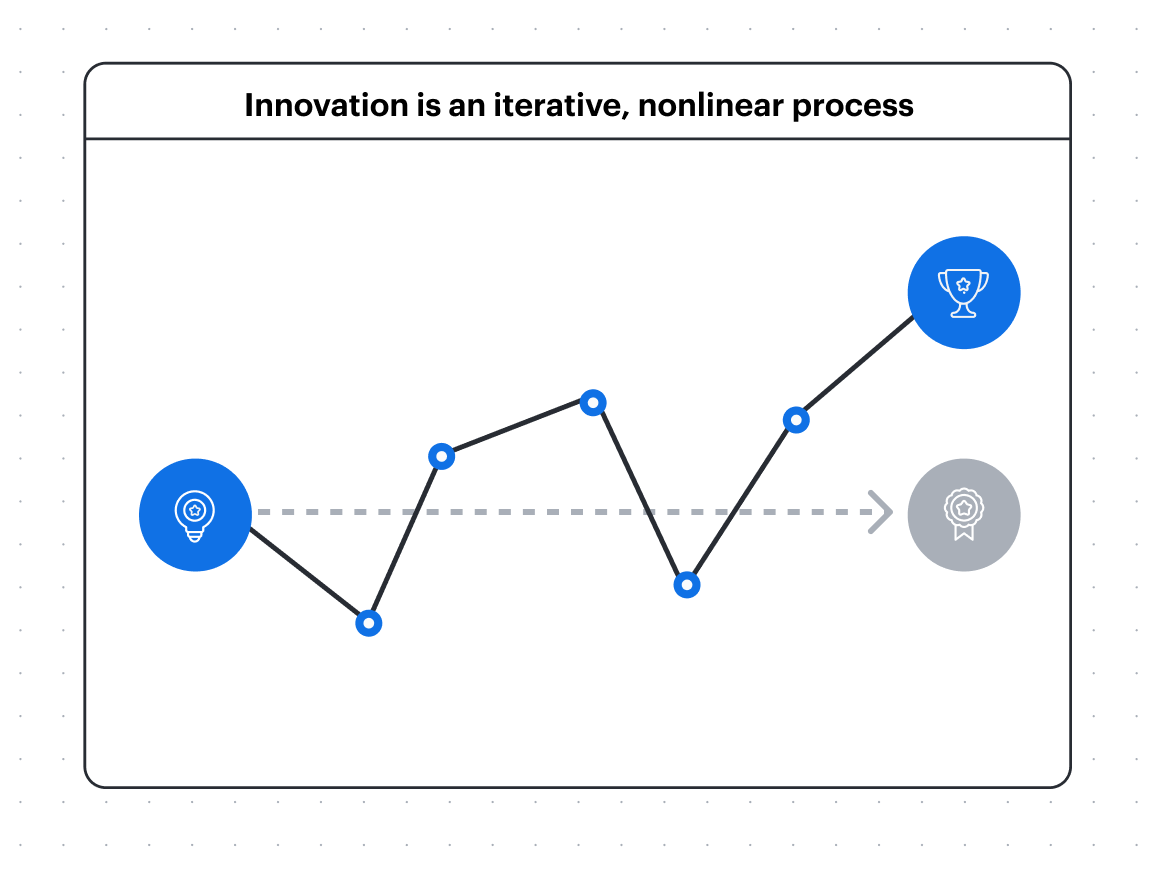
There’s an array of frameworks that organizations can choose from to support product innovation, including design thinking, Agile, or Lean. Most of these frameworks, however, target only a part of the innovation process, leaving teams on their own to figure out where to start, when to stop, or what steps to take next.
Lucid’s innovation framework—designed by Jeff Rosenbaugh, senior director of professional services at Lucid, and Christopher Bailey, principal professional services consultant at Lucid—integrates individual frameworks together to provide structure throughout the entire innovation process.
After spending the last decade helping organizations build innovation pipelines, Rosenbaugh and Bailey have consolidated what they’ve seen work best into a framework that leaders can easily integrate into their existing business processes to move completely from concept to cash.
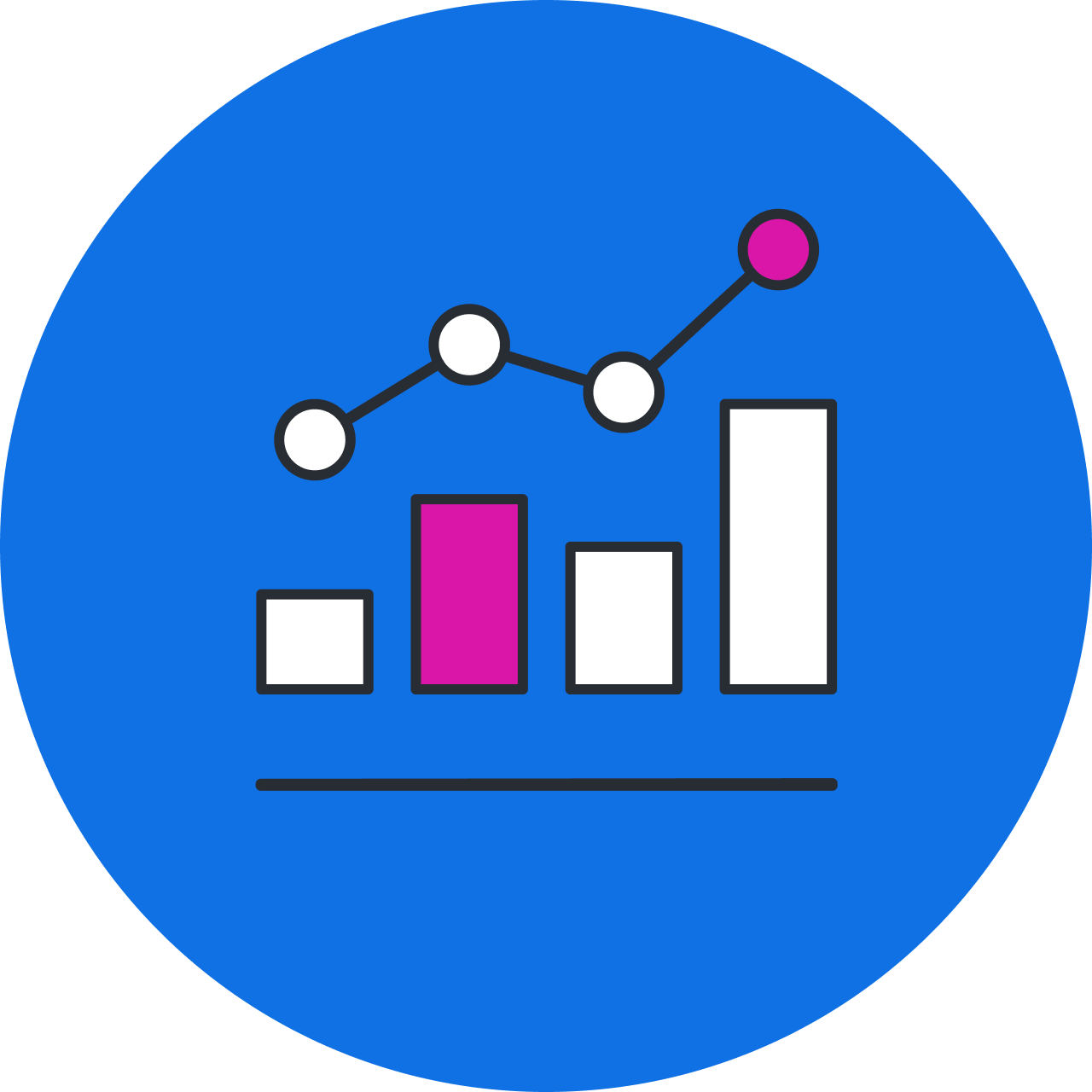
Get started with Lucid's innovation framework.
Try it out!How Lucid’s innovation framework works
Lucid’s innovation framework is divided into three main phases: conception, validation, and growth. Each phase contains stages, and each stage contains a series of templates and tools you can try.
Each phase of the innovation framework has a distinct goal:
1. Conception: The goal of the first phase of the framework is to identify problem-solution fit. This means proving that your customers (or segments of your customers) have a problem worth solving—and your proposed solution could solve their problem.
You know you’re ready to move on to the next phase when you can craft a concept pitch. Your concept pitch should demonstrate what you’ve learned, justify the need to put a product into customers’ hands for further learning, and detail the level of support you need (be it funding or headcount) to move on to the next phase.
2. Validation: In the second phase of the framework, you’re identifying product-market fit. Your goal in the validation phase is to prove that your solution not only solves your customer’s problem but also has a growth market opportunity.
Before moving on to the final phase, you’ll create a validation pitch to share with stakeholders. The validation pitch should show findings from experiments, demonstrate the product-market fit, and detail the support needed to move into the final phase.
3. Growth: In the growth phase, you focus on determining how you will bring your new product or service to the broader market. This phase includes a wide set of scaling techniques to help you enable all the necessary moving parts.
Remember: While there are stages and steps to follow, there is also backward motion built into the framework to allow for learning and iteration. Feel free to repeat phases, jump back in the process, and customize the framework as you need.
Since this framework is designed in Lucidspark, you can easily share with your team and stakeholders, record notes directly in the template, and take advantage of collaborative features like chat, comments, voting, emoji reactions, and more.
By using this template for each new opportunity you chase, you naturally create an innovation repository—a document repository of all your ideas, iterations, and learnings. You can use this repository to provide context to teams and easily visualize your product portfolio.

The 5 stages of the innovation framework
The five stages of the innovation framework follow a logical order from identifying an initial problem to taking a full solution to market.
Stage 1: Learn
The goal of the first stage is to understand the problem your customer is trying to solve. By the end of the learn stage, you should have a solid understanding of who your customers are, what problem they have, and how they’re currently trying to solve it. As you research, Bailey recommends keeping an important distinction in mind:
"Many teams mistakenly think this stage is about understanding the problem they—as a product team or service team—are trying to solve. But it’s really about understanding the problem their customer is trying to solve."
During this stage, you should:
- Build out a research plan. Your plan should detail your initial understanding of the problem, the goals for your customer research, and how you’ll conduct your research.
- Collect and aggregate data. Based on your research plan, collect data on your customers and their pain points. You can use the survey builder as a guide or record notes directly in the user observation template. Take advantage of the "how might we" template to help you ask unbiased questions.
- Produce visual artifacts. Build artifacts like personas and journey maps to visually synthesize the data you’ve collected and validate your understanding. Keep these handy as you progress to the next stage—you can modify these living documents as you continue to learn.
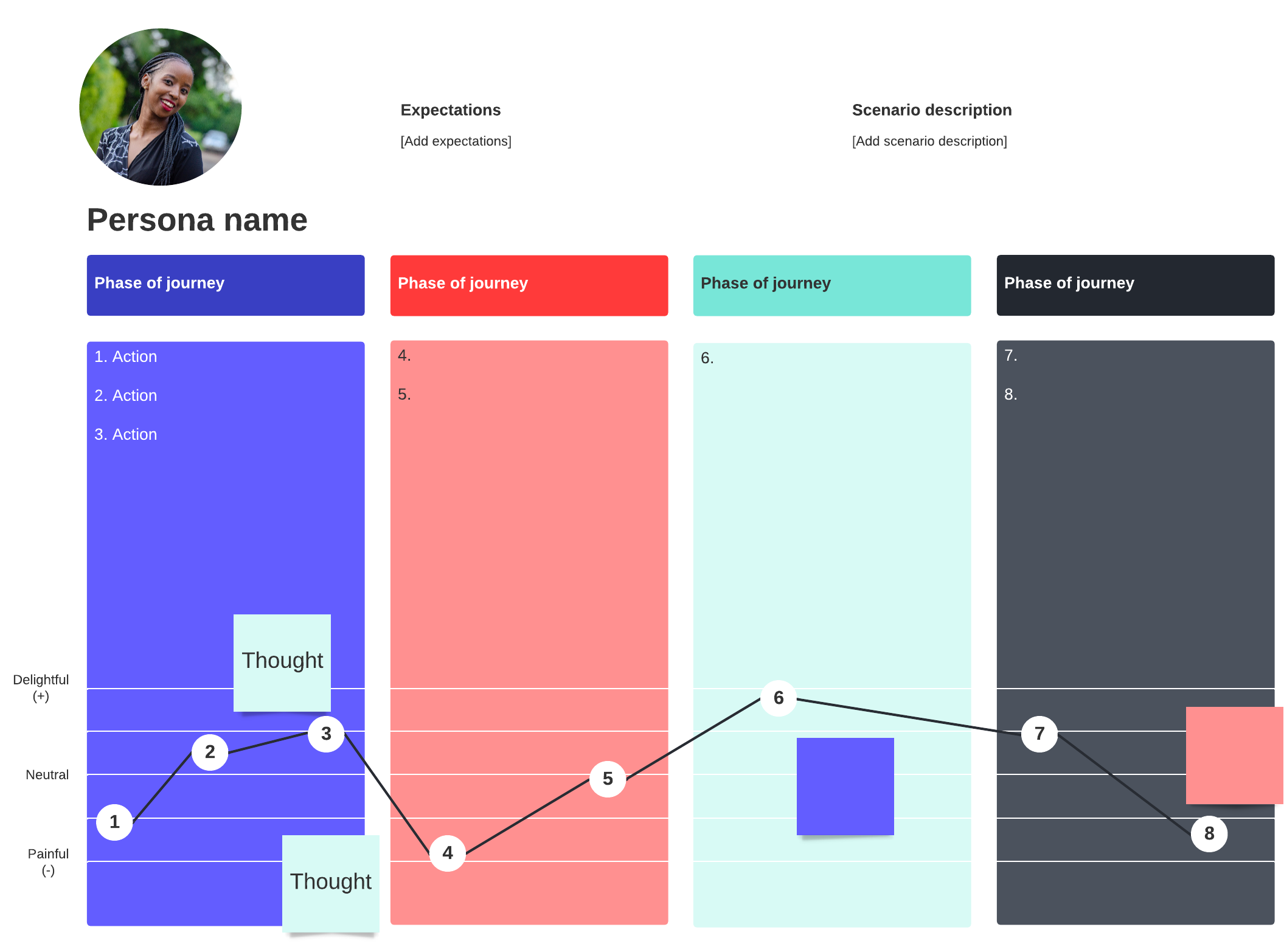
Stage 2: Ideate
Now that you better understand the problem, it’s time to open the aperture as broadly as possible to find solutions. The goal here is to encourage creative thinking and generate a broad range of solutions (diverge), then prioritize the ideas to test in the next stage (converge).
“Rather than thinking of this stage as a selection process, think of it as a prioritization process,” said Bailey. “This is a good check to ensure you stay focused on the problem, not fall in love with a solution.”
During this stage, you should:
- Plan the scope of your ideation. Before you start ideating, take some time to develop an ideation strategy. This means setting parameters and defining outcomes to help guide your ideation sessions.
- Brainstorm potential solutions. To prompt creative thinking, try templates like the constrainer, world explorer, or building further. Although constraints may seem to limit ideas, they actually do the opposite: By providing ideation parameters, team members must broaden their perspectives and search for solutions in ways they wouldn’t have thought otherwise.
- Prioritize ideas to test. Narrow your list of ideas to a handful you’d like to take to the next stage. Focus on ideas that are both viable (meaning they could be profitable to the business) and desirable (meaning they’re something customers want or need).
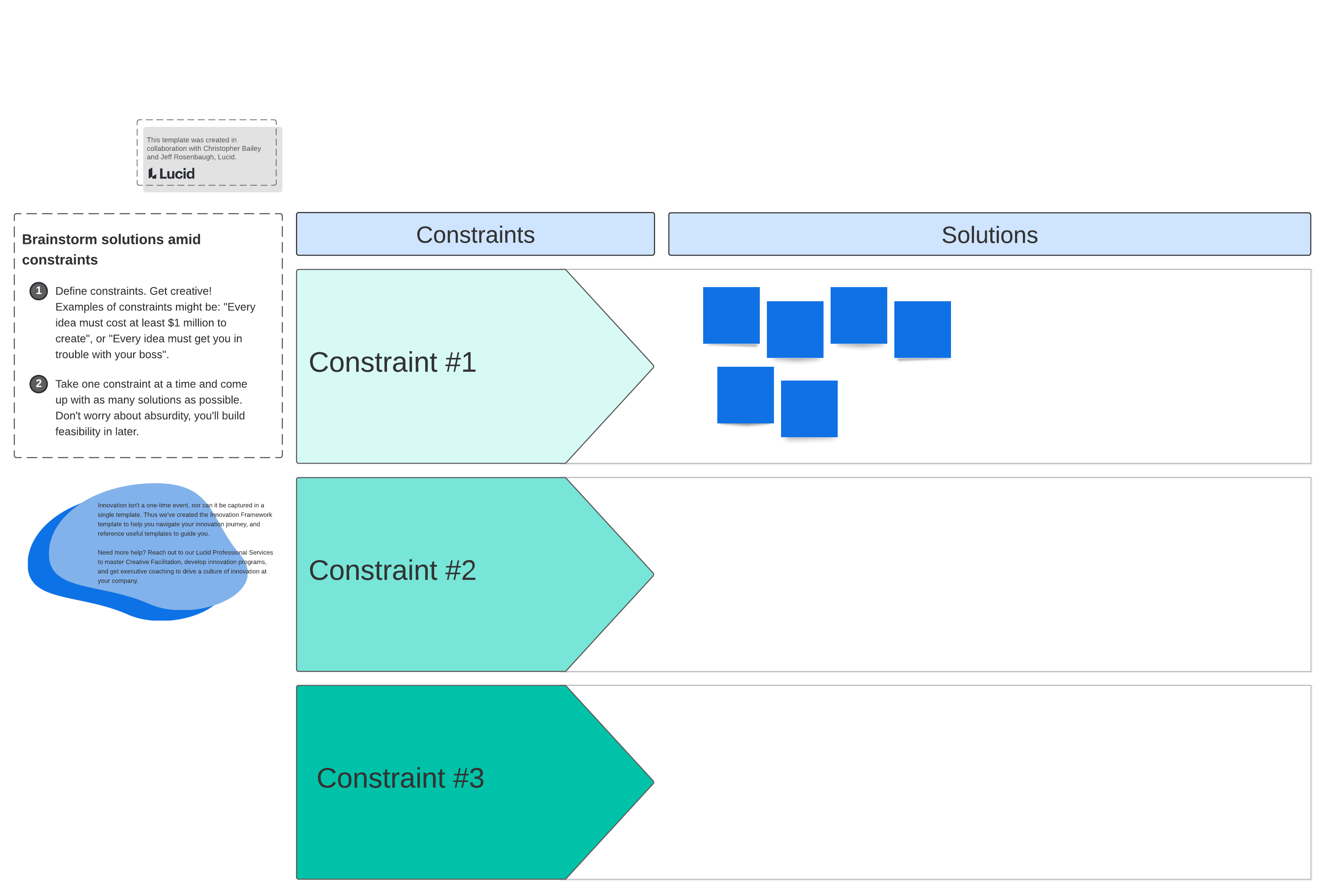
Stage 3: Prototype and test
The final stage of the conception phase—prototype and test—is about collecting input and data on the ideas you brainstormed previously. The goal of this stage is to cheaply test potential solutions to your customer’s problem.
During this stage, you should:
- Build and test prototypes. Using the prioritized list of solutions you brainstormed in the ideate stage, create low-fidelity prototypes to test your ideas. You may use the GIF storyboarding or wireframing template here. For more wireframing options, check out Lucidchart’s template library.
- Collect early customer data. To identify the best solution to take to the next stage, be sure to ask customers specific questions that anchor them to previous experiences. For example, instead of asking, “Do you think you’d use this product?” ask, “In the last week, when do you think this product could have helped you in your work?”
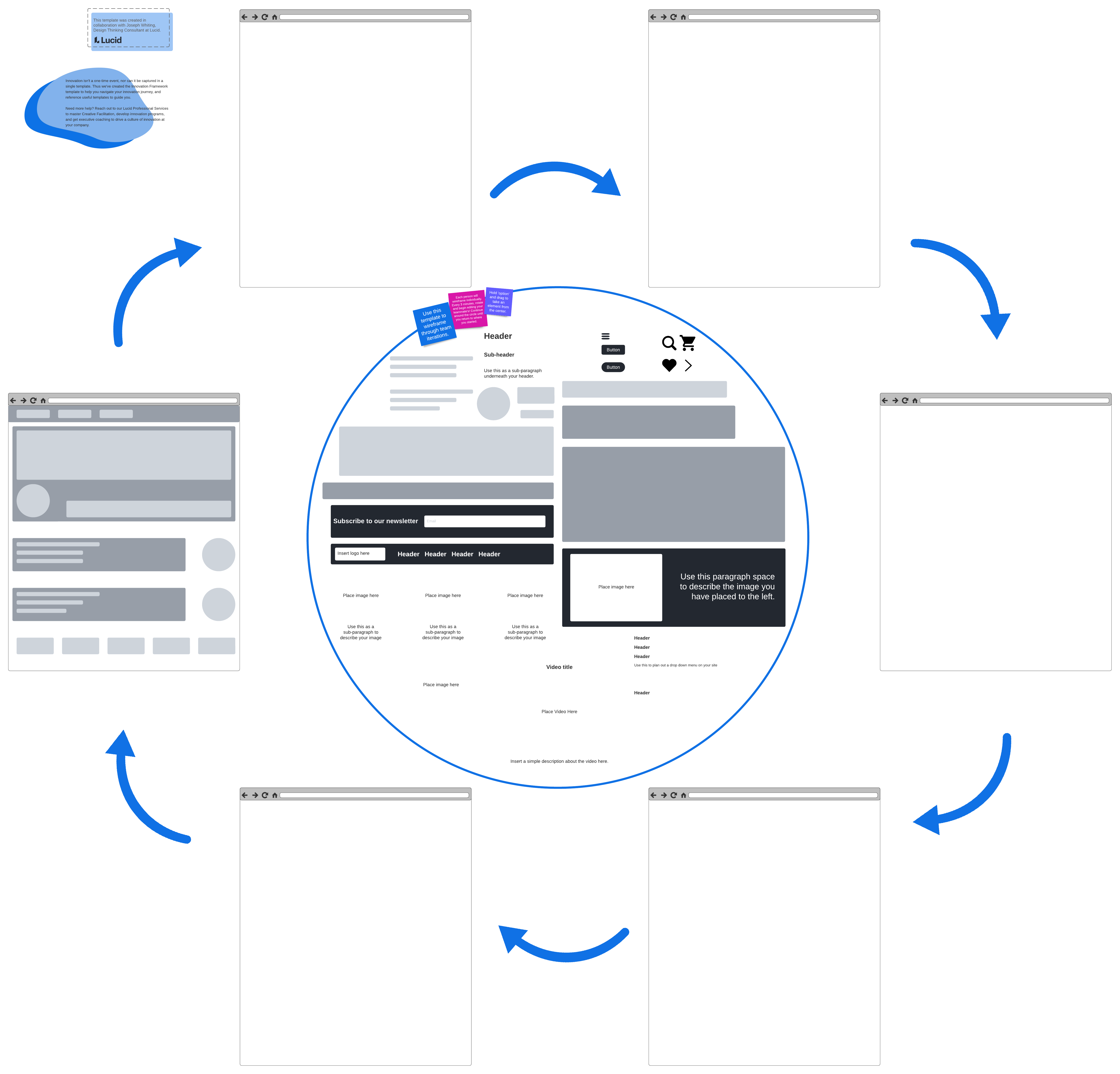
Stage 4: Iterate
In the iterate stage, teams start to build out the product or service and conduct rigorous experiments to validate product-market fit. Start by building the smallest version of your product that your customers can use, often referred to as a minimum viable product (MVP), and add on as you learn.
“There’s a natural desire to go in and build the full product right away,” explained Bailey. “But there’s still so much learning to be done, and teams that don’t account for this often end up with a product that’s beautiful, but isn’t what the customer actually needs.”
During this stage, you should:
- Understand your critical assumptions. Using the critical assumptions template, determine what assumptions you have about your solution that must be true for your solution to succeed. These risky assumptions are what you’re going to build your MVP—and experiments—around.
- Experiment, learn, and repeat. You’ll spend most of your time at this stage building experiments, testing your hypotheses, and iterating on your product. Use the experiment map and build and learn cards to design effective experiments.
- Collect real data. Remember, the goal of this stage is to gather real metrics. Data is a much more reliable way to derisk an investment than whether or not a customer “likes how it looks.” Try the innovation accounting template to help create strong metrics.
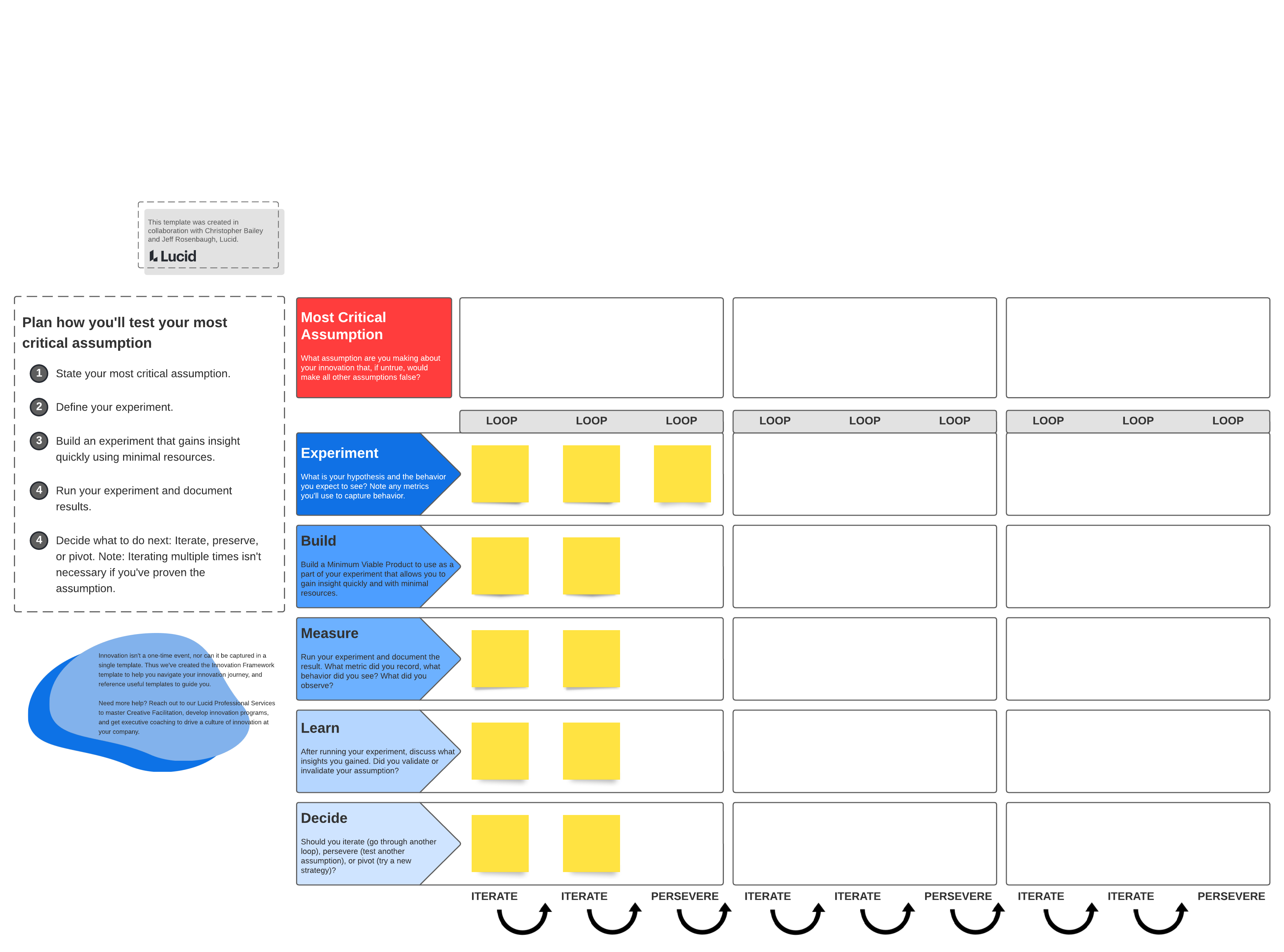
Stage 5: Scale
While the first four stages were primarily focused on the solution itself, the scale stage is about orchestrating everything else that needs to happen to sustain your product or service in the marketplace. This stage is highly cross-functional and requires coordinating many different teams.
“This is where you need to take a step back to get a full picture of the market and put a plan in place for long-term success,” said Rosenbaugh.
During this stage, you should:
- Clarify your customer segments. Use the customer segmentation template to prioritize your different segments. You can segment your customers by industry, lifestyle, behavior, or other factors. Then rank each segment based on its needs, market size, and other characteristics.
- Create a go-to-market plan. Your product can only go so far without a plan for how you will reach customers. Use the business model canvas to solidify your value proposition, clarify your cost structures, and identify revenue streams. Then, use the demand creation strategy template to determine what tactics and channels you’ll use to create demand for your new product or service.
- Determine appropriate levels of long-term support. Using the support transition plan, determine what resources you need to maintain your new product or service over time. This could mean detailing headcount, budget, customer support needs, materials, technology, and skills training.
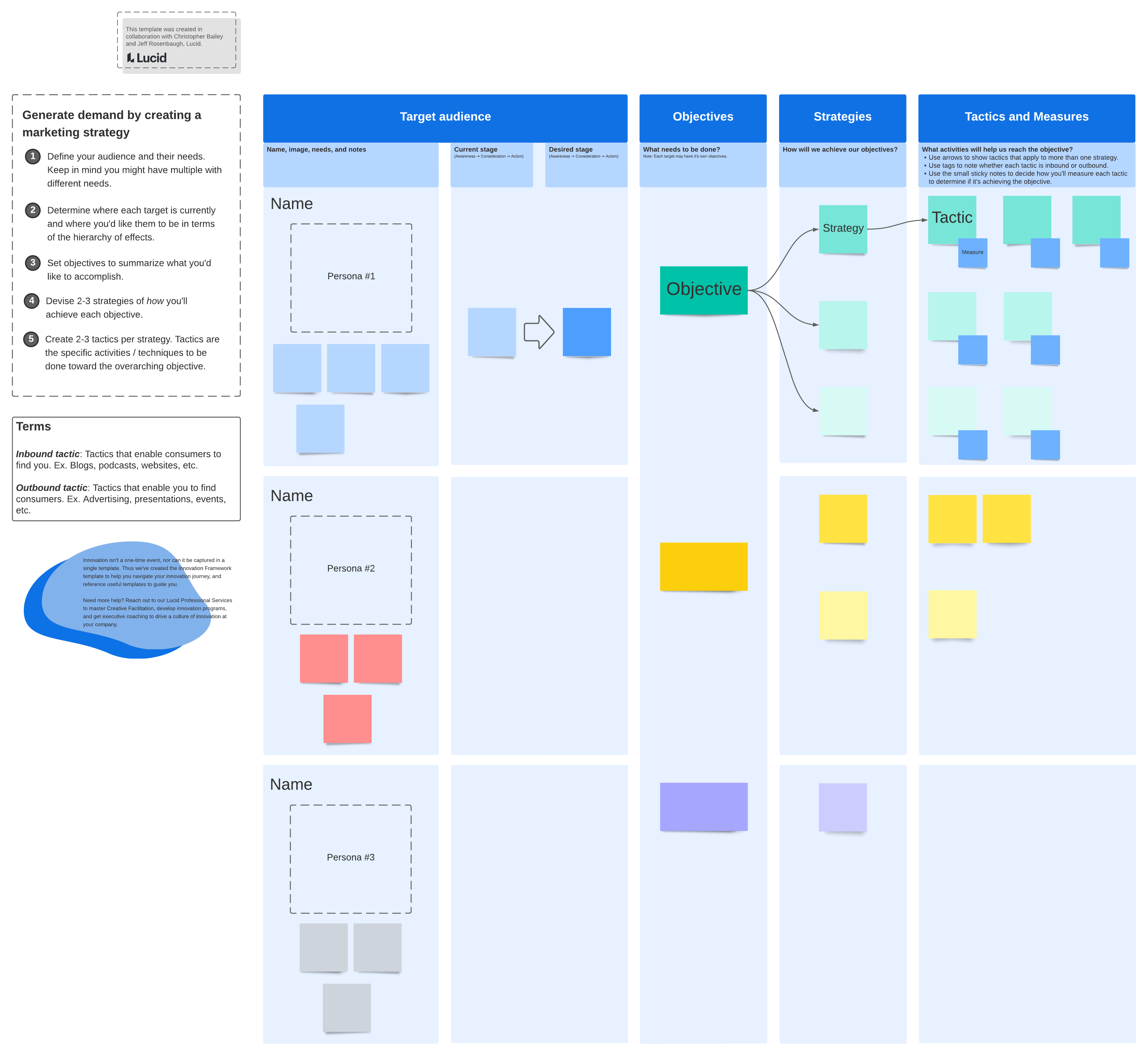
Benefits of using Lucid’s framework for innovation
An innovation framework can transform innovation from a once-in-a-while occurrence to an integral part of your business. Lucid’s innovation framework benefits organizations in that it:
- Allows leaders to invest incrementally in innovation. Because the innovation framework naturally bakes iteration into its structure, it enables leaders to invest in small chunks versus a large amount upfront, making it easier to manage innovation. “This model focuses decision-making on learning and gathering data, so leaders can reduce their investment risk with each iteration,” said Bailey.
- Places focus on the customer. Teams pressured to innovate without guidance often end up with loads of ideas that are creative, but not necessarily helpful to customers. Lucid’s innovation framework provides structure to ideation sessions, ensuring teams apply their creativity to solving real customer problems.
- Helps ideas land stakeholder support. With this innovation framework, you can show stakeholders that you have a plan to innovate with key steps and milestones. “The clarity of this visual makes it easier to get buy-in for innovation initiatives and increases their success rates,” said Rosenbaugh.
- Democratizes innovation across the business. Because the innovation framework is flexible, it can be applied to all aspects of the business—not just technology. From improving an internal sales process to building new onboarding workflows, all teams can adapt and scale the framework as needed to improve how they work.
- Boosts employee engagement. Most workers want to know their ideas matter and have an impact. Lucid’s innovation framework provides teams a clear avenue to contribute ideas and see those ideas brought to life.
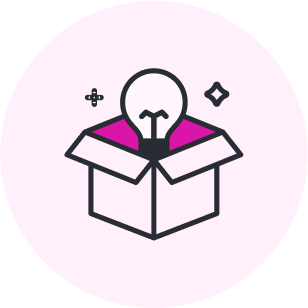
Scale innovation with the Lucid Visual Collaboration Suite
With intentional effort and a framework to follow, innovation can become a consistent occurrence in your organization. To enable the continuous collaboration and alignment needed to innovate, you’ll need the right tools.
Visual collaboration software like the Lucid Suite can provide teams the space they need to collaboratively ideate, plan, design, build, and launch—while working from anywhere in the world. By combining Lucidspark’s virtual whiteboard with Lucidchart’s intelligent diagramming capabilities, organizations can capture the entire innovation process in one central place.
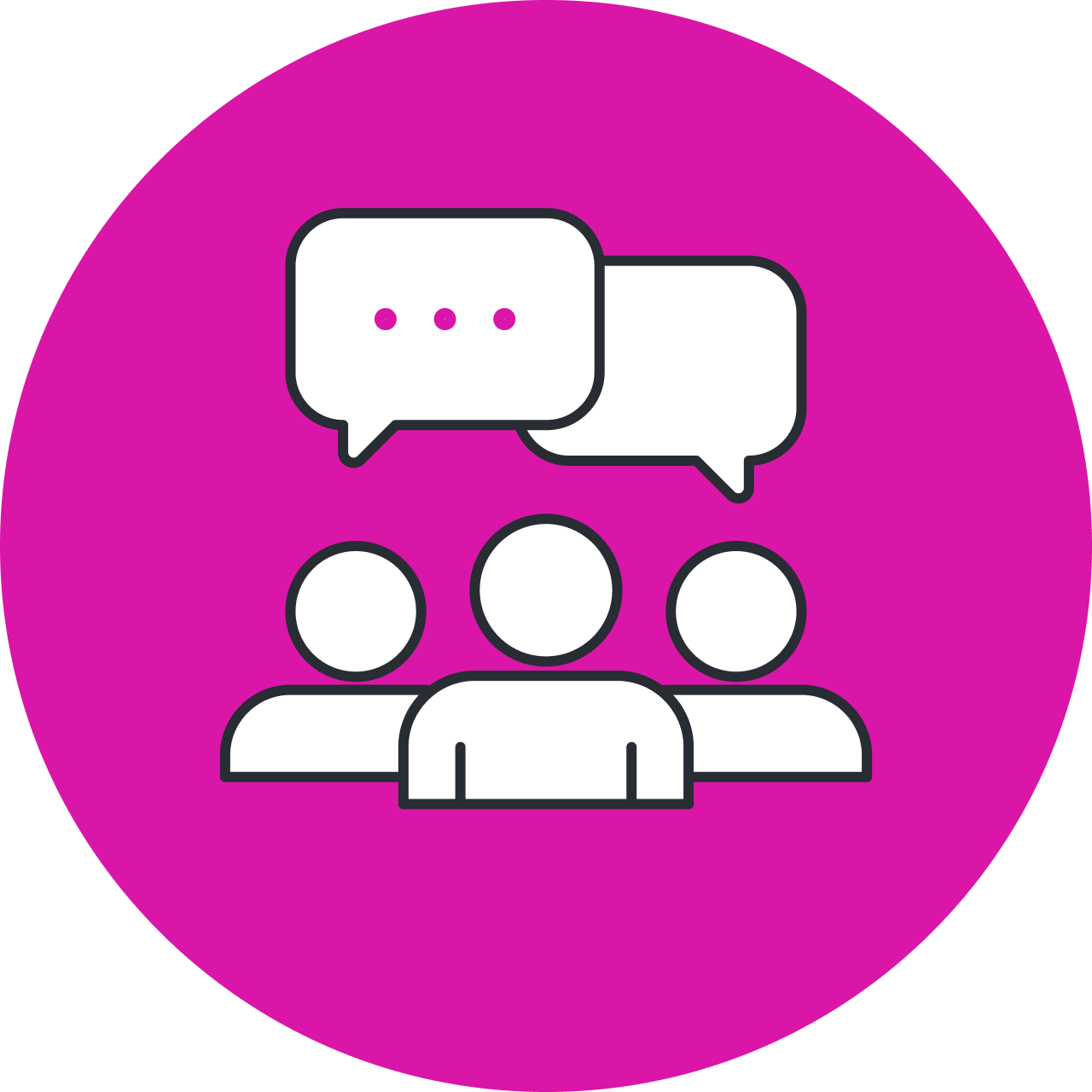
Maximize innovation
With Lucid’s experienced professional services team, receive customized training and coaching on using the Lucid Suite to maximize innovation.
Learn moreAbout Lucid
Lucid Software is the leader in visual collaboration and work acceleration, helping teams see and build the future by turning ideas into reality. Its products include the Lucid Visual Collaboration Suite (Lucidchart and Lucidspark) and airfocus. The Lucid Visual Collaboration Suite, combined with powerful accelerators for business agility, cloud, and process transformation, empowers organizations to streamline work, foster alignment, and drive business transformation at scale. airfocus, an AI-powered product management and roadmapping platform, extends these capabilities by helping teams prioritize work, define product strategy, and align execution with business goals. The most used work acceleration platform by the Fortune 500, Lucid's solutions are trusted by more than 100 million users across enterprises worldwide, including Google, GE, and NBC Universal. Lucid partners with leaders such as Google, Atlassian, and Microsoft, and has received numerous awards for its products, growth, and workplace culture.
Related articles
Why you need an innovation strategy ASAP (with tips to get started)
You can’t innovate consistently without a strategy. Uncover all the benefits and how to get started here.
Innovation management guide: Techniques and tools to scale innovation
Maximize ROI on your innovation projects with tips from Lucid’s own innovation experts.
How Lucid boosts innovation—from ideation and beyond
Discover how Lucid enhances your innovation process from ideation to reality.
The 10 types of innovation (and why you should implement them in your organization)
There are ten different types of innovation. To truly set your org apart, you'll need to adopt as many as possible.
